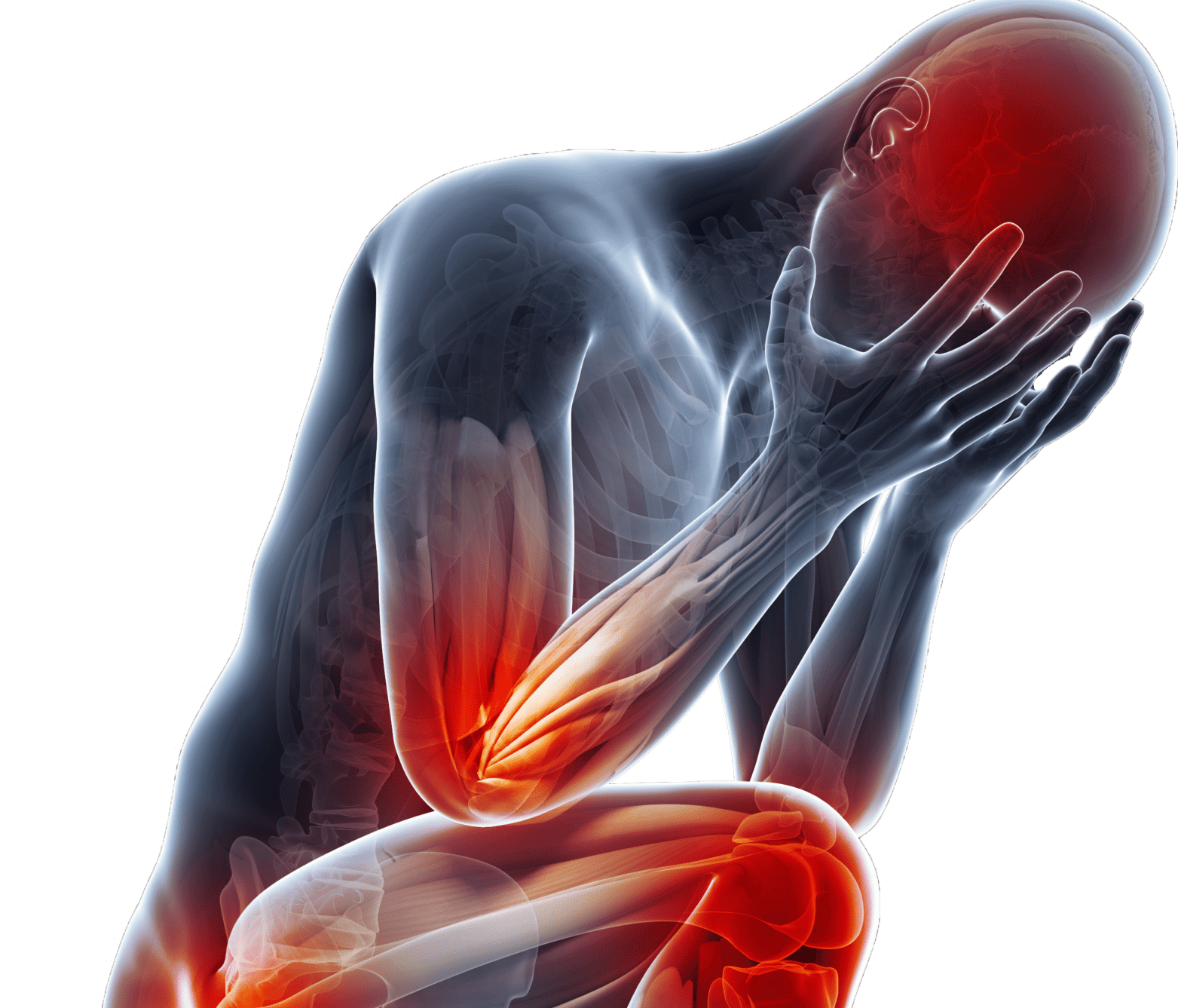Pain management has evolved significantly throughout the years, shifting from conventional practices to more innovative and integrated treatments. As we continue to learn about the intricate dynamics of pain, the necessity of thorough pain management solutions and therapies becomes increasingly apparent. Understanding what pain management is and the various techniques available can equip individuals experiencing acute and chronic pain alike, resulting in improved quality of life.
Various pain types require tailored strategies for efficient alleviation, and modern therapies encompass a wide range of options. From physical therapy and chiropractic care all the way to advancements in interventional pain management and regenerative medicine, there are countless routes to consider. Additionally, the incorporation of complementary therapies such as acupuncture and mindfulness practices showcases a forward-thinking method of pain therapy, focusing on not just physical pain symptoms but also the psychological and lifestyle components involved. By examining these innovative devices and methods, we aim to highlight the multifaceted world of pain management and its hopeful future.
Comprehending Pain and Its Control

Discomfort is an elaborate and personal feeling, often described as an undesirable sensory-based and emotional reaction to actual or possible body damage. Understanding discomfort involves recognizing its two main types: sharp and long-lasting. Acute discomfort, generally a direct response to injury or sickness, is temporary and generally disappears with therapy. On the other hand, persistent pain continues for an extended after the original injury has recovered, often becoming a complicated state influenced by physical, psychological, and social influences. This distinction is crucial in establishing the appropriate discomfort management approaches.
Effective pain management encompasses a varied selection of interventions customized to personal needs. A well-rounded method includes not only pharmaceuticals but also physiotherapeutic therapies, psychological help, and alternative treatments. https://articlescad.com/this-role-of-diet-in-pain-management-techniques-33897.html are important resources, trained to create custom therapy programs that may include interventional methods, life modifications, and complementary therapies. By considering the multifaceted character of discomfort, these facilities work to improve overall quality of life for patients.
In recent years, progress in grasping the field behind discomfort have resulted in new therapy options. Study into the pain pathways and mechanisms has enabled the formation of focused therapies such as regenerative medicine, neurological blocks, and nerve modulation methods. Additionally, the search of complementary options, including acupuncture and meditation practices, highlights a shift towards more holistic approaches in discomfort treatment. This transformation emphasizes empowering individuals to take an proactive role in their healing process, enhancing their ability to handle pain successfully.
Cutting-edge Treatments and Interventions
In the realm of pain management, advanced therapies are emerging that offer promising solutions for patients dealing from various types of discomfort. One such breakthrough is the use of neuromodulation techniques, which involve engaging specific nerves to modify pain experience and response. Devices such as spinal stimulators and nerve stimulators provide individuals with customized pain management options that can markedly improve their daily living. These methods combine advanced electronics with a deep understanding of pain pathways, allowing for precision treatments that refine to the patient's needs.
Another revolutionary strategy is the implementation of regenerative therapies like stem cell therapy and platelet-rich plasma (PRP) treatments. These therapies focus on restoring damaged tissues and lessening swelling, which can relieve both short-term and long-lasting discomfort. By utilizing the body's natural healing processes, these therapies provide an substitute to conventional pain management methods, offering the promise for sustained relief without the dependency on drugs. This holistic strategy is increasingly inviting to individuals seeking less risky options for pain management.
In addition, complimentary treatments such as acupuncture and mindfulness-based practices have gained traction due to their holistic approach to pain management. Acupuncture involves applying fine needles into specific points on the body to activate the nervous system, which can trigger the production of endorphins and other analgesics. Similarly, mindfulness practices help individuals develop greater perception of their pain situations, furnishing them with the skills to tackle pain successfully. Together, these innovative approaches highlight the evolution of pain management, prioritizing individualized treatment and versatile treatment options.
Living Style and Holistic Methods to Pain Relief
Integrating changes in lifestyle and holistic approaches into pain management can significantly boost one’s standard of life. Consistent physical activity is crucial, as it not just builds muscles and improves flexibility but also releases endorphins, which are natural pain alleviators. Exercises like walking, dipping, and cycling can be adapted to individual fitness levels, ensuring they are simultaneously safe and efficient. Additionally, adding anti-inflammatory foods into the meal plan, such as fresh produce, vegetables, seeds, and oily fish, can assist lessen inflammation and mitigate chronic pain symptoms.
Being present and relaxation techniques have a key role in managing pain awareness. Practices such as thoughtful silence, deep breathing exercises, and stretching not only reduce stress but also assist individuals become more aware of their body and signals of pain. Engaging in mindfulness can decrease anxiety levels, which are frequently linked to heightened pain awareness. Yoga, in specific, offers the dual advantage of light physical exercise while encouraging relaxation and greater mental focus, making it a strong tool for those dealing with chronic pain.
In conclusion, maintaining a good rest hygiene is critical for relieving pain. Poor quality of sleep can exacerbate pain and create a vicious cycle of discomfort and insomnia. Setting up a regular sleep schedule, designing a calm environment, and steering clear of stimulants before bed can encourage better sleep. Focusing on healing activities like gentle stretching or soothing baths in the evening can additionally get the body for rest, leading to better recovery and lessened pain levels during the day.
